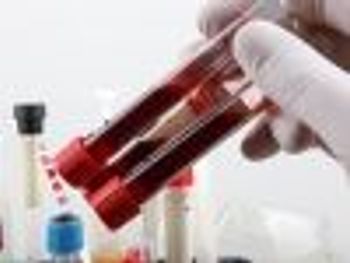
Recent spike in HIV cases linked to intravenous drug use.

Recent spike in HIV cases linked to intravenous drug use.

The pharmacist's role as a disease educator is moving to the forefront.
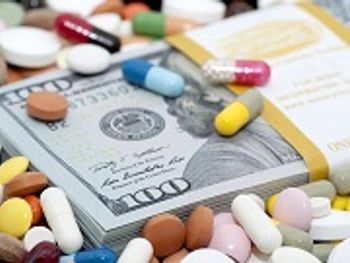
Costs have risen 120% in aggregate since 1995.
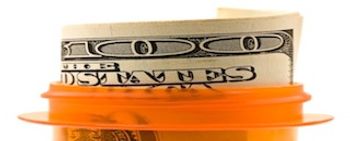
Cancer drug prices have increased 10% each year since 1995, even after adjusting for inflation and incremental health benefits.

At this year's International Consumer Electronics Show, the show-stealing technology was not a fancy new tablet, a wearable device, or a smartphone with lots of features. Instead, the technology category to which those products belong became the show's sweetheart.

Communication helps pharmacists better assess difficulties patients encounter during treatment.

Prior to dispensing a prescription to a patient, it may pay to walk a mile in his or her shoes.

Leonard Nimoy's recent death from end-stage chronic obstructive pulmonary disease (COPD) brought the condition into the spotlight, and may bring patients with questions to the pharmacy counter.

Screening men with erectile dysfunction (ED) for cardiac risk factors could save the health care system $28 billion over a 20-year period.

Using scare tactics to sway vaccine skeptics' views tends to backfire, suggesting that pharmacists and other health care professionals should alter their approach to counseling these patients.

Just 42% of the variation in pooled hospital readmission rates associated with individual performance.

Even short-term treatment with nonsteroidal anti-inflammatory drugs is associated with significant increases in bleeding and cardiovascular event risk in patients receiving antithrombotic therapy after a heart attack.

A patient's hospital readmission likelihood relies more heavily on community factors than care at discharge, according to a study published in Health Services Research.

Surgical-site infections were the most common reason for returning to the hospital.
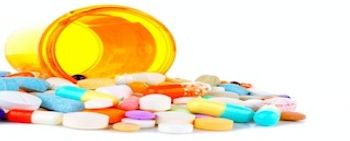
The US Centers for Disease Control and Prevention today reported that nearly half a million Clostridium difficile infections occurred in a single year, highlighting a critical need for improved antibiotic use.

The risk of heart attack is 8.5 times higher in the 2 hours following bursts of intense anger, suggests research from the University of Sydney.

Medication adherence becomes key quality measure under all three plans.

Patient readmissions are often related to expected surgical complications after discharge, rather than poor care coordination.

Changes to Medicare Part B, Part C, and Part D regulations affect 3 specific areas that may impact pharmacy operations.

Adding compounding services to a pharmacy relies on understanding the rules of the game.

The secrets to pharmacy success can be obtained by changing the way in which one views the pharmacy business.

Hand washing campaigns aimed at reducing infections may have an unintended side effect: increased rates of dermatitis among health care workers.

New recommendations involve drugs containing several adapalene formulations.
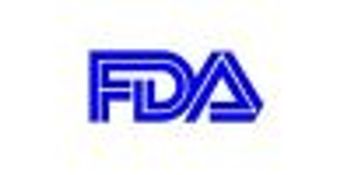
The FDA is seeking comments on 28 new and 15 revised recommendations providing product-specific guidance on the design of bioequivalence studies to support Abbreviated New Drug Applications (ANDAs).

As news of FDA Commissioner Margaret A. Hamburg's resignation spread, pharmaceutical organizations commended her work as a patient safety advocate, particularly regarding drug approvals.
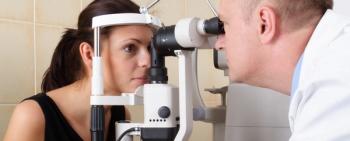
Switching patients with glaucoma to generic medications can improve their adherence to ophthalmic drug therapies, according to researchers from the University of Michigan Kellogg Eye Center and College of Pharmacy.

A study published in the February 2015 issue of Infection Control & Hospital Epidemiology found that antibiotics were inappropriately prescribed to 45% of patients with respiratory tract infections in an outpatient setting.
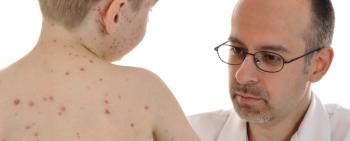
Downplaying the gravity of measles is common among those who grew up in a measles-free world due to the success of the measles, mumps, and rubella vaccine. However, a portion of that success relies on continued vaccination.

The current measles outbreak across 14 US states indicates that too few individuals are being vaccinated to prevent infections, according to Jason Gallagher, a clinical pharmacy specialist in infectious diseases at Temple University.
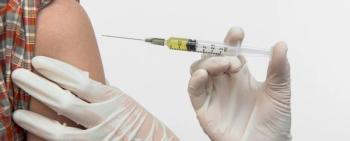
The 102 measles infections reported to the US Centers for Disease Control and Prevention since December indicate the consequences of low vaccination rates in certain communities, as well as the public health crisis that could occur if patients continue to decline immunizations.

Published: May 23rd 2013 | Updated:

Published: June 20th 2014 | Updated:

Published: July 14th 2014 | Updated:

Published: July 23rd 2014 | Updated:
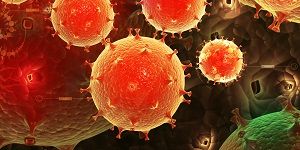
Published: July 24th 2014 | Updated:

Published: July 24th 2014 | Updated: